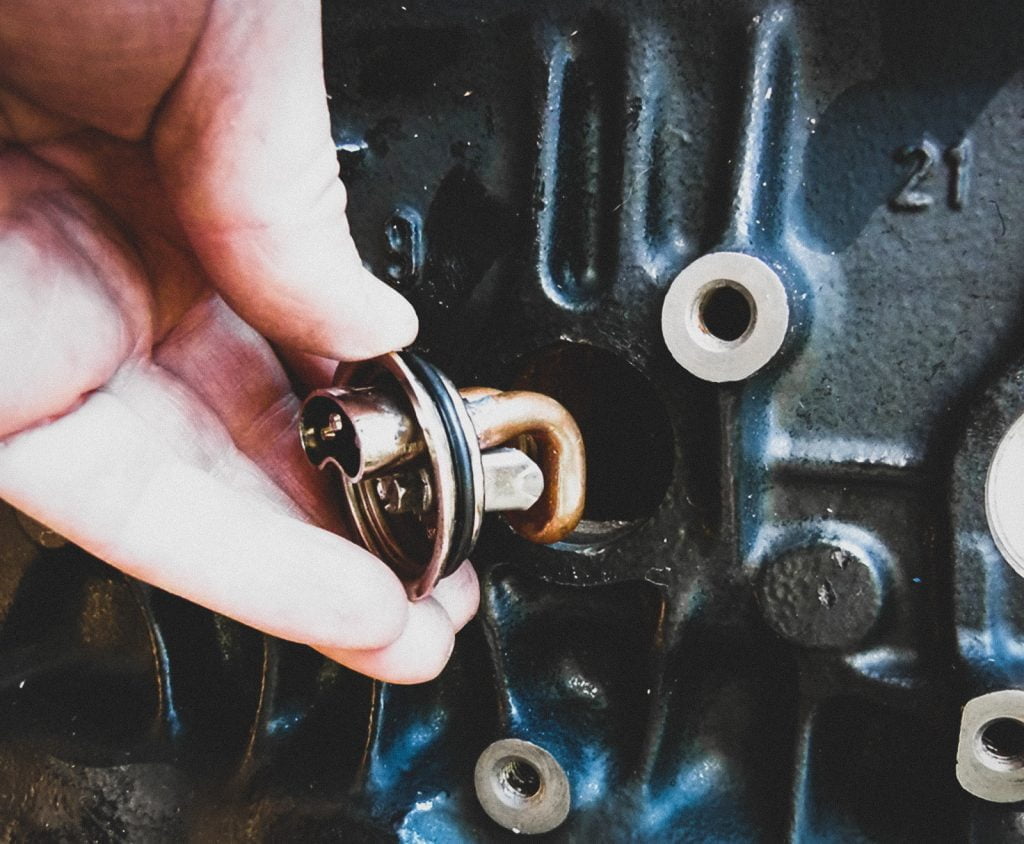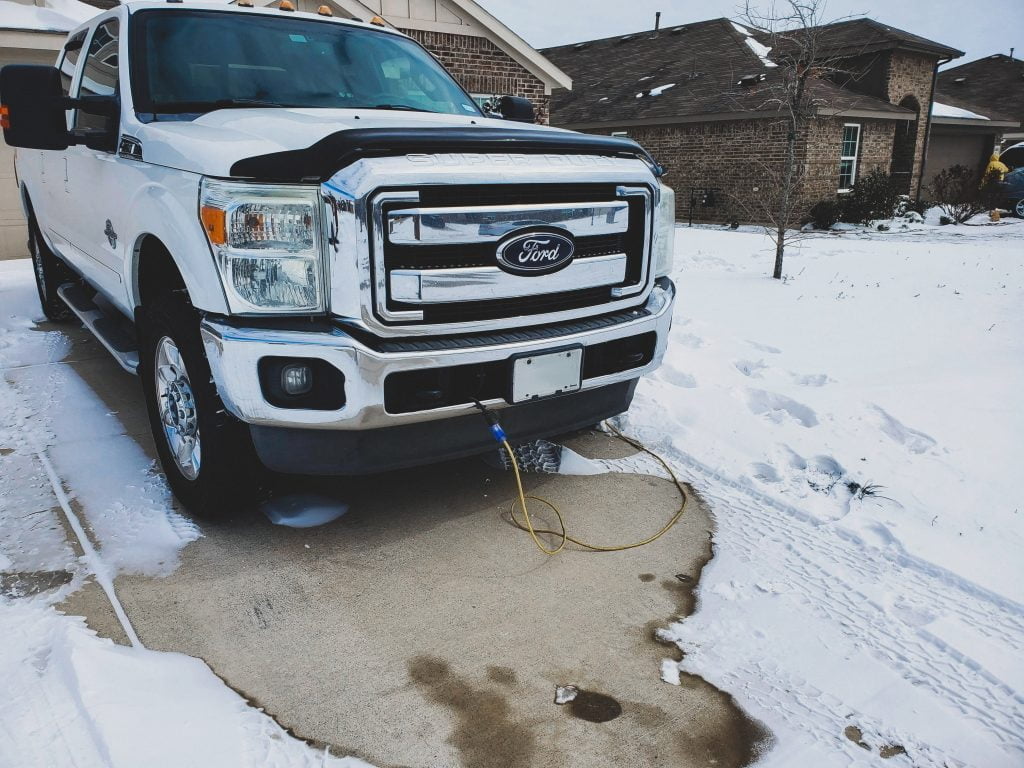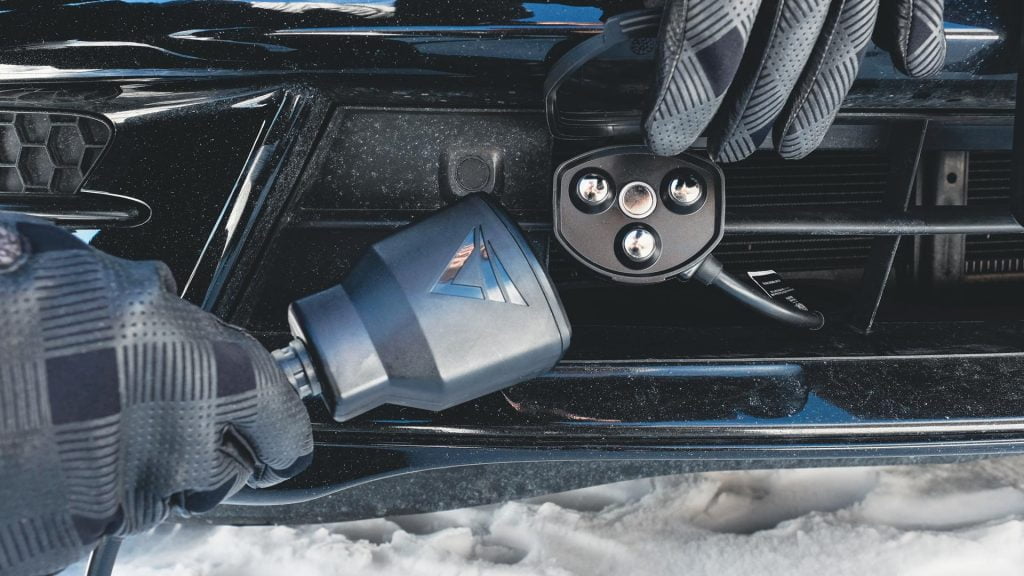VoltSafe Blog Team – December 14, 2022

Baby, it’s cold outside and you wanna be startin’ somethin (like your vehicle).
Before you get those festive and fun classic tunes stuck in your head, let’s talk about what you should know about your engine’s block heater and keeping your vehicle running efficiently during these cold winter months.
1) What is a block heater?
A block heater is used to warm a vehicle’s engine before starting it. It’s used in areas with colder climates where the temperatures dip past -15C/ 5F. As the temperature drops, the oil in the engine thickens. The block heater warms the engine oil, which lubricates the rest of the parts in the vehicle. So everything from warming up the inside of your car to fogging the windows takes less time. This results in fuel savings and energy efficiency.
2) Choosing a block heater
The size and power draw off your block heater should match how cold the temperature gets outside and the amount of power required to heat the type of engine that you have. The power draw can range between 500W-5000W depending on the type of vehicle. For example, 5 and 6L diesel engines have factory installed block heaters that have an estimated minimum wattage draw of 1000W. For vehicles with 4 L engines, the block heaters installed could range between 500W to 1000W. It is important to note the power draw of your block heater, especially when considering the use of electronic accessories such as VoltSafe Winter – Magnetic Block Heater Plug. For example, the VoltSafe Winter plug is certified and rated for a power draw of up to 7 amps or 840W. In order to use the plug safely, you would need to ensure that your block heater draws less than 840W. You can always ask your mechanic or dealership to check on the power draw of your block heater during your annual checkup.

3) Best time to plug it in
The best time to plug your block heater is at least 2 hours before you have to start your engine. This gives time for the oil to warm up in the engine. The VoltSafe Winter App makes turning your block heater on and off from the comfort of your home effortless. You can schedule your block heater to turn on 2-3 hours before you leave for work. If your block heater has a high power draw(over 1000W) you may need less time to heat your engine. Check your vehicle’s owner’s manual or with your mechanic.
4) No more than four
Your engine should warm up after 3 hours of being plugged in. Having your block heater plugged in over the recommended time, based on the power draw, would be a waste of energy. The higher the wattage of your block heater, the less time it would take to heat your engine. Check the owner’s manual for your vehicle on the recommended time needed to heat your engine.
Hopefully, these tips will help you and your vehicle stay nice and warm during those cold winters. Remember to check your owner’s manual for your block heater’s power draw to save money, time AND keep your engine running. The perfect accessory for your block heater is VoltSafe Winter, of course. Learn more about it at voltsafewinter.com.
